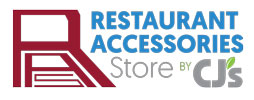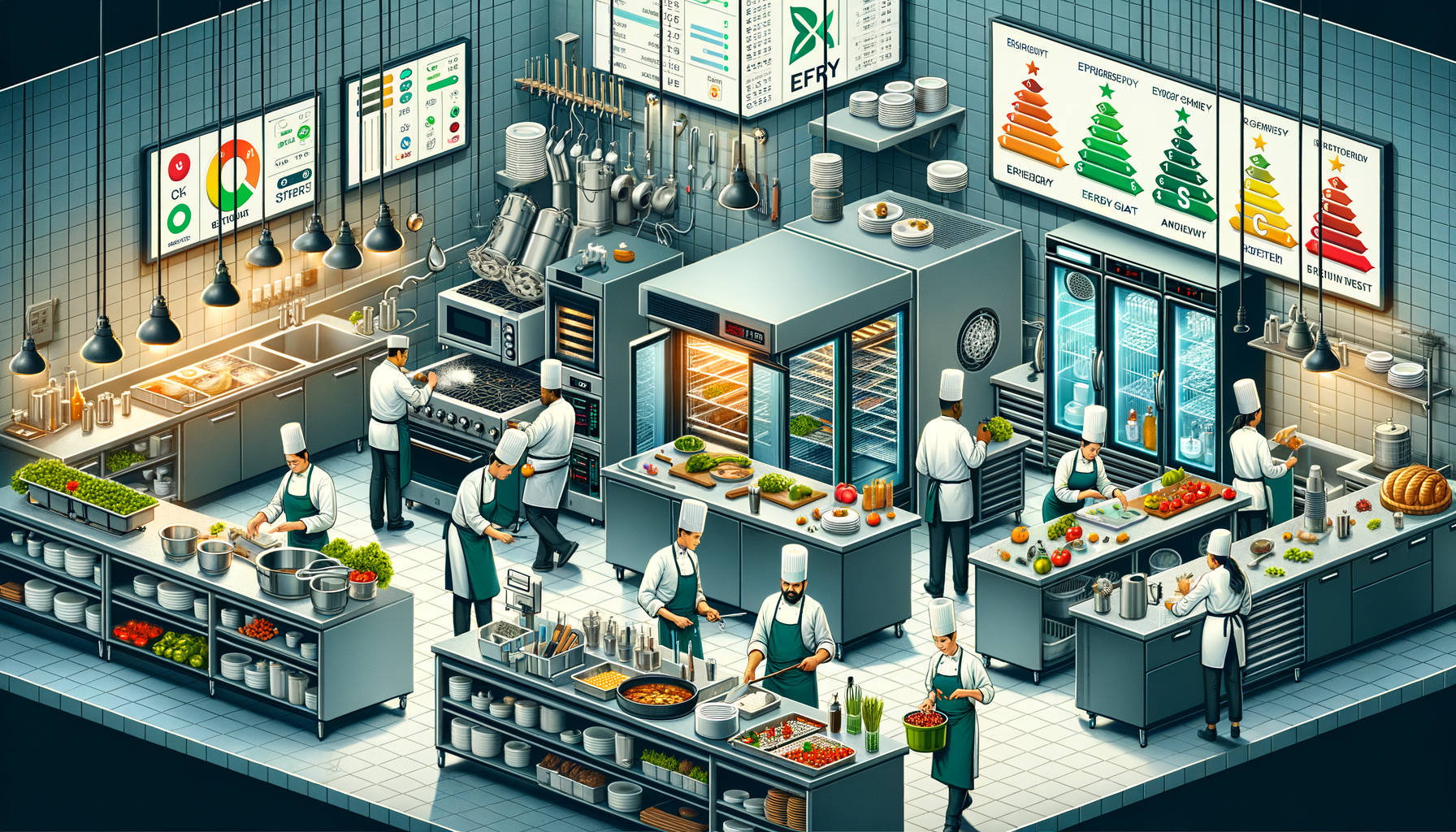Maximizing Efficiency in Commercial Kitchens: Best Practices for Restaurant Equipment
In the fast-paced world of commercial kitchens, efficiency is key to success. Restaurant owners and kitchen managers are always looking for ways to streamline operations, reduce costs, and maintain high standards of food quality and safety. One crucial aspect of achieving these goals is investing in the right restaurant equipment and implementing best practices for their use and maintenance. In this blog post, we’ll explore how smart equipment choices and optimal kitchen setup can revolutionize your restaurant’s efficiency.
The Power of Energy-Efficient Equipment
One of the most significant ways to maximize efficiency in your commercial kitchen is by investing in energy-efficient restaurant equipment. From cold water pressure washers to energy-saving ovens and refrigerators, these advanced appliances can significantly reduce your energy costs while minimizing your environmental impact. According to the Global Restaurant Equipment Market Report 2024, the growth in the restaurant equipment market can be attributed to factors such as food safety and hygiene standards and regulations on energy efficiency.
When selecting equipment for your kitchen, look for models with Energy Star ratings or other certifications that indicate their energy efficiency. These appliances may have a higher upfront cost, but the long-term savings on your utility bills and the reduced environmental footprint make them a smart investment for your business.
Optimizing Kitchen Layout and Equipment Placement
The layout and placement of your restaurant equipment can have a significant impact on your kitchen’s efficiency and productivity. A well-designed kitchen should have a logical flow, with equipment arranged in a way that minimizes unnecessary movement and maximizes space utilization. Consider the following tips when optimizing your kitchen layout:
- Group similar equipment together, such as placing all cooking appliances in one area and all prep stations in another.
- Ensure there is adequate space around each piece of equipment for easy access and maintenance.
- Position frequently used equipment, such as grease containment systems and fan hinging solutions, in easily accessible locations.
- Utilize vertical space with shelving and storage solutions to maximize efficiency and keep countertops clutter-free.
The Importance of Regular Maintenance and Planned Maintenance Schedules
Regular maintenance and planned maintenance schedules are essential for prolonging the life of your restaurant equipment and reducing repair costs. By proactively caring for your appliances, you can minimize downtime, ensure optimal performance, and maintain food safety standards. Some key maintenance tasks include:
- Cleaning and sanitizing equipment daily, using appropriate detergents and chemicals.
- Inspecting equipment for signs of wear and tear, and addressing issues promptly.
- Replacing filters, belts, and other consumable parts on a regular schedule.
- Scheduling professional maintenance and repairs as needed to keep equipment in top condition.
By implementing a comprehensive maintenance plan, you can extend the lifespan of your restaurant equipment, reduce costly repairs, and ensure that your kitchen operates at peak efficiency.
Embracing Automation and Smart Kitchen Appliances
Automation and smart kitchen appliances are transforming the way commercial kitchens operate. These innovative technologies can streamline processes, reduce labor costs, and improve overall efficiency. Some examples of automation and smart appliances include:
- Programmable ovens and fryers that automatically adjust cooking times and temperatures.
- Inventory management systems that track ingredients and alert staff when supplies are running low.
- Automated commercial pressure washers that simplify cleaning tasks.
- Smart sensors that monitor equipment performance and predict maintenance needs.
By embracing these cutting-edge technologies, you can streamline your kitchen operations, reduce human error, and free up your staff to focus on delivering exceptional culinary experiences to your customers.
Conclusion
Maximizing efficiency in your commercial kitchen is essential for the success and profitability of your restaurant. By investing in energy-efficient equipment, optimizing your kitchen layout, implementing regular maintenance schedules, and embracing automation and smart appliances, you can create a highly productive and cost-effective kitchen environment. At Restaurant Accessories Store by CJ’s, we offer a wide range of high-quality restaurant equipment and supplies to help you achieve your efficiency goals. Browse our selection today and take the first step towards revolutionizing your commercial kitchen.

